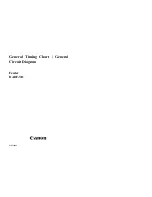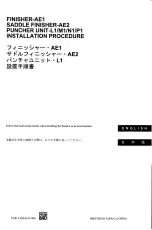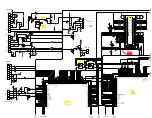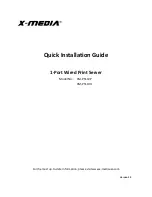
— 73 —
6.3 Explanation of Input/Output Signals
(1)
RXD
This is signal, receiving data from the host. On occurrence of framing error, overrun error, or parity
error, the data is printed as “?”.
(2)
TXD
This signal is for data flow control by X-ON/X-OFF. If data remains in the printer’s input buffer is 2048
bytes or less, the printer transfers a DC3 (13H: Data Receive Not Ready) signal to the host. If data in the
input buffer exceeds 4096 bytes, the printer transfers a DC1 (11H: Data Receive Ready) signal to the host.
(3)
Vcc
This is a power supply (+5 V). The signal is not use in the standard serial cable!
(4)
GND
This is a GND on the circuit.
(5)
Auto turn-on
The printer can be turned on by using RTS signal from the host
CAUTION:
Ensure that the RTS signal is deactivated when your application software not using the printer as
auto turn-off function is disabled when RTS is active
14, 15 pin (Communicate mode setting)
Using dedicated cable makes these pin short-circuited.
If these pins are short-circuited, printer sets the communicate mode to serial communication.
If these pins are not short-circuited, printer set the communication mode to infrared.
6.4 Error Detection
Framing and overrun are detected. On detection of any error, the data are stored in the buffer as “?”.
(1)
Framing Error
With “space” state having been detected on detection of a stop bit, error takes place. The data are
stored in the buffer as “?”.
(2)
Overrun Error
On detection of an overrun error, the data are stored in the buffer as “?”.
6.5 Buffering
This printer incorporates 64K byte buffer. This allows most print jobs to by fully buffered so that the host can
continue quickly.






































